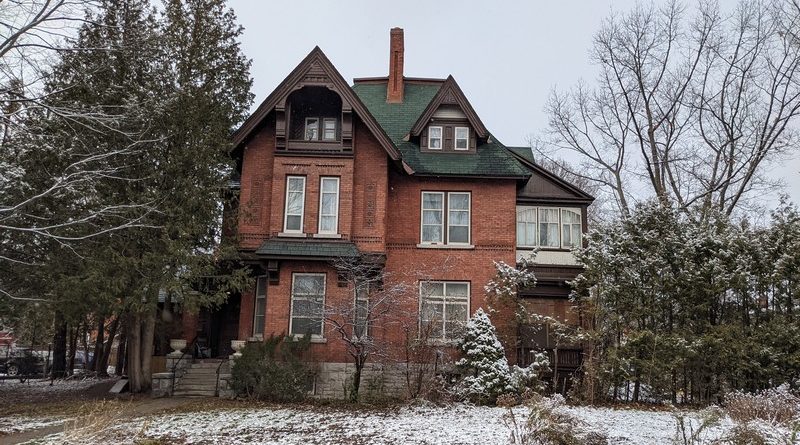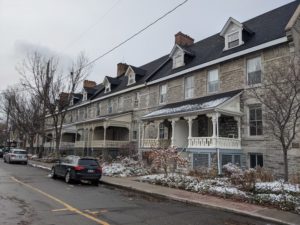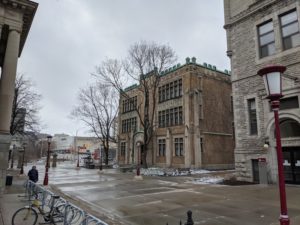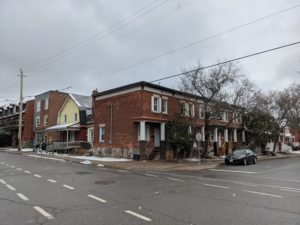Spot the style: An architectural tour of Sandy Hill
Samuel Close
Being at the heart of Ottawa, Sandy Hill has seen a lot of change over the years. One of the most obvious places this can be seen is in its unique blend of architectural styles. Of the many types of buildings found here, the majority still standing are from the mid-19th to 20th centuries, an era that encompasses several major schools of design.
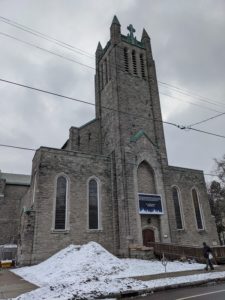
As is common, some of the oldest sites in Sandy Hill are churches. Ones that come to mind are the All Saints Anglican Church on the corner of Laurier and Chapel, built in 1899 and now an event space, as well as the Roman Catholic St. Joseph’s, which stands currently in its third iteration as a Neo-Gothic parish church.
Notable historic workplace and office buildings at the cusp of Sandy Hill and Lowertown have changed hands many times and taken on multiple roles. This includes a former children’s hospital on Wurtemburg Street, established in 1888 and now housing the Embassy of Turkey; as well as the Wallis House at the intersection of Rideau and Charlotte, a former hospital that is now split into condos. Also of note are the facilities of the uOttawa campus, which exhibit a mix of styles including Beaux Arts, with Tabaret Hall being the best example. Other significant university-owned properties include the buildings on Seraphin-Marion Private (near Wilbrod and Cumberland): Hagen Hall is Art Deco and Academic Hall has Neo-Gothic influence.

Sandy Hill has typically been seen primarily as a residential neighbourhood, and so naturally this is reflected in its houses. Some of these first plots of land settled after Confederation were the homes of government officials and employees. As the neighbourhood transformed from a more rural setting to a commuting suburb, grand houses reflecting the growing popularity (and wealth) of the neighbourhood began to appear. As time passed and the city grew, the large-lawned mansions more common to the northeast of Sandy Hill gave way to smaller, more compact townhouses and single-family detached dwellings.
On the bigger plots that were more readily available in the past, Victorian, Neo-Gothic, and Italianate styles dominate, with some examples of Georgian Revival also present. To the south of the neighbourhood, many Edwardian Foursquare, as well as Arts and Crafts-style bungalows can be found. These are especially popular with families because of their large front porch and wide-set frame. They constitute the majority of dwellings constructed in the early 20th century and often display a mix of painted brick or wood panels, exhibiting a bright splash of yellow or green.
Wherever you live in Sandy Hill, I think we can all appreciate the variety of architectural styles present here. The patchwork of historic locations makes for some enjoyable sightseeing, whether you are a local history buff like me, or just out for a casual walk.
Photos Marc Frame
